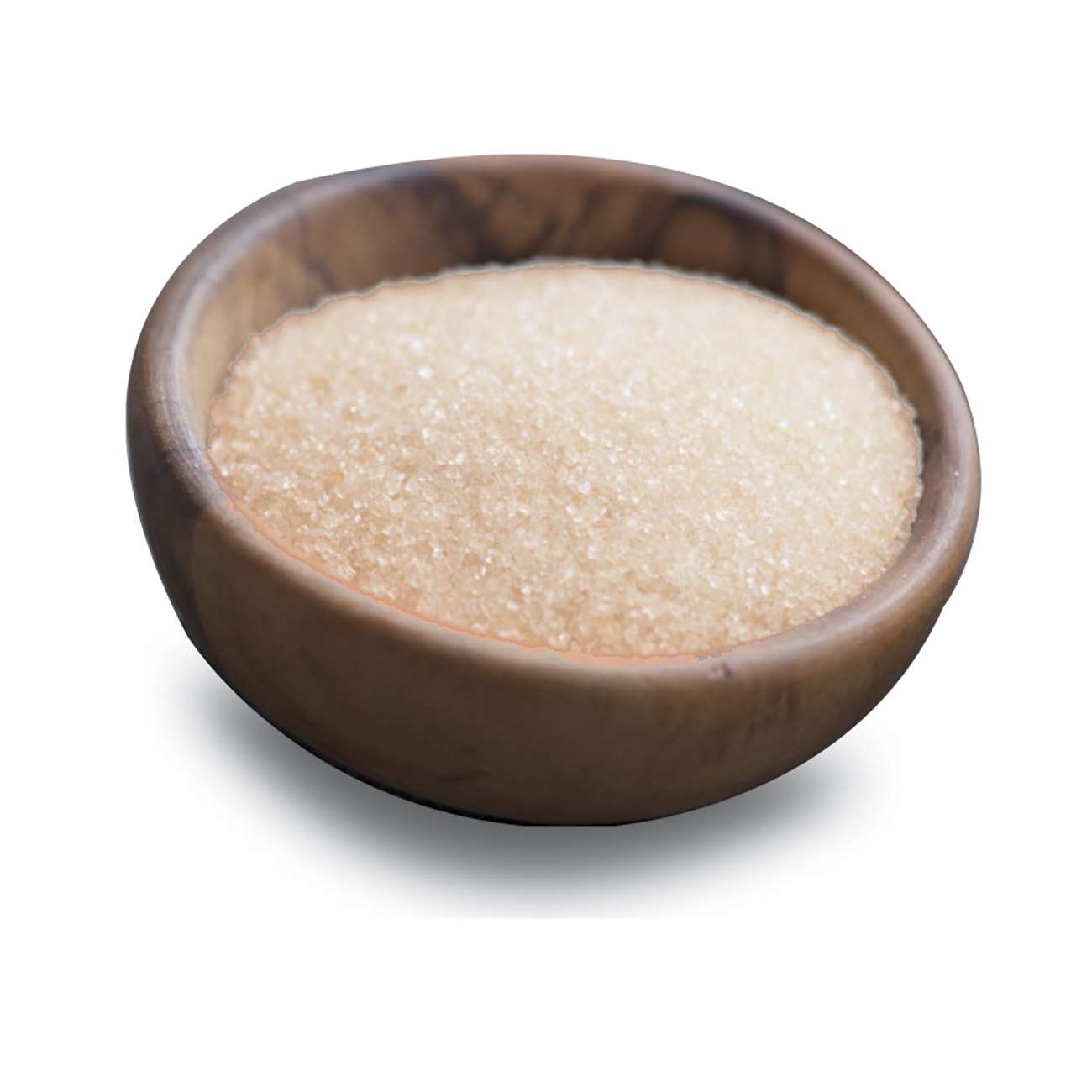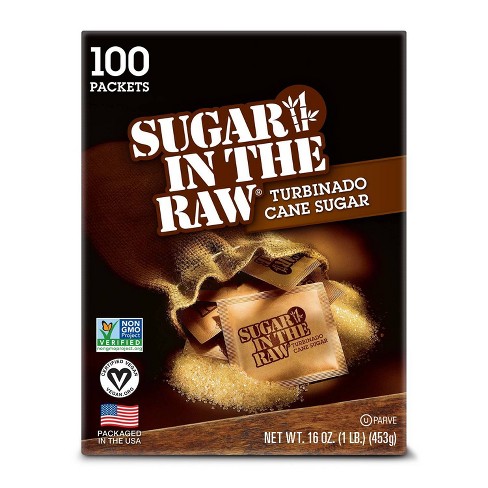Cane Sugar Processing: From Field to Table-- A Step-by-Step Guide
Cane Sugar Processing: From Field to Table-- A Step-by-Step Guide
Blog Article
Exploring the Comprehensive Tips Associated With Walking Stick Sugar Handling From Collecting to Refinement
The process of walking cane sugar production incorporates a series of detailed actions, beginning with the cautious harvesting of sugarcane and finishing in the refinement stages that make certain the final product satisfies industry standards. Each phase, from the extraction of juice to the filtration and crystallization processes, plays an essential function in establishing the high quality and personality of the sugar.
Collecting Sugarcane
Gathering sugarcane is a crucial action in the walking stick sugar handling chain, as it directly influences the top quality and yield of the end product. Correct timing and strategies are necessary throughout this stage to make certain optimum sugar material and minimize losses. Typically, sugarcane is harvested when it gets to maturity, generally 12 to 18 months after growing, defined by a high sucrose concentration.

Post-harvest, the sugarcane needs to be refined promptly to avoid sucrose destruction. Ideally, harvested walking stick needs to be transferred to processing facilities within 24 hours to maintain sugar high quality. Consequently, efficient logistical planning is essential to maintain the stability of the gathered crop throughout the supply chain.
Removal Refine

The smashed walking stick goes through a series of pressing operations to make the most of juice recovery. Generally, warm water is splashed onto the crushed cane, developing a countercurrent circulation that aids liquify the sugar while additionally helping in the extraction process. The juice accumulated from this procedure consists of not just sugar yet likewise various natural compounds and impurities.

To boost extraction effectiveness, some centers might use diffusion methods, where the sugarcane is soaked in hot water, enabling the soluble sugars to diffuse right into the fluid. The resulting juice, abundant in sucrose, is after that directed to subsequent processing phases, laying the structure for filtration and improvement. The removal procedure is therefore pivotal in figuring out the top quality and return of the last sugar item.
Filtration Strategies
The filtration strategies used in walking cane sugar handling are essential for changing the raw juice right into a high-grade sugar item. These approaches largely intend to eliminate pollutants, such as dirt, plant products, and inorganic compounds, which can adversely affect the final product's taste and shade.
This process entails adding lime and warm to the raw juice, which helps with the coagulation of impurities. In addition, the use of phosphoric acid can boost the information process by further binding contaminations.
One more significant strategy is carbonatation, where carbon dioxide is presented to the clarified juice. This response produces calcium carbonate, which records staying impurities and advertises their elimination.
Furthermore, triggered carbon treatment might be related to adsorb any type of continuing to be colorants and natural pollutants, ensuring a much more refined product. The mix of these methods effectively prepares the sugar juice for succeeding steps in the refining process, establishing the stage for the manufacturing of top notch walking stick sugar.
Formation Approaches
After the purification stage, the following crucial action in walking stick sugar handling entails crystallization techniques, which play a pivotal role in changing the made clear juice into solid sugar. This process typically utilizes two key methods: spontaneous condensation and controlled crystallization.
In spontaneous crystallization, supersaturated sugar services are permitted to cool normally, resulting in the development of sugar crystals in time. This technique is easier yet might result in unequal crystal dimensions and reduced purity levels. On the other hand, controlled condensation is an extra accurate method where seeding, temperature, and concentration agents are thoroughly managed. This method permits the consistent development of sugar crystals and greater purity.
Throughout condensation, the cleared up juice is focused with evaporation, boosting their explanation its sugar web content up until it reaches supersaturation. Once this point is attained, either approach can help with the condensation process. Cane Sugar Processing. The resultant sugar crystals are after that divided from the staying syrup with centrifugation
Ultimately, the selection of formation technique impacts the quality, dimension, and pureness of the last sugar product, making this action vital in the overall cane sugar handling procedure.
Improvement and Product Packaging
Just how can the purity and top quality of cane sugar be further enhanced after formation? The improvement process plays an essential function in attaining high-quality walking cane sugar.
Next, the sugar undergoes a procedure called centrifugation, where it is rotated at high speeds to separate the purified sugar crystals from the staying liquid. After centrifugation, the sugar is usually additional improved with an approach called carbonization or phosphatation, which uses turned on carbon or phosphoric acid to remove color and off-flavors.
Once refined, the sugar is dried to accomplish the preferred dampness web content, guaranteeing that it stays secure during storage and transport. The final action includes packaging the refined sugar in airtight and moisture-proof containers to preserve its quality and prevent contamination. Cane Sugar Processing. Correct product packaging not only extends rack life yet likewise assists in easy handling and circulation, making certain that customers receive sugar that satisfies the highest possible requirements of pureness and top quality
Conclusion
The thorough steps included in walking stick sugar handling, from the thorough harvesting of sugarcane to the intricate refinement and product packaging phases, highlight the relevance of each phase in making certain top quality sugar production. Optimum harvesting methods, efficient removal approaches, and rigorous purification processes collectively add to the end product's pureness and stability. The her comment is here crystallization and subsequent packaging practices even more enhance the honesty and shelf life of the sugar, highlighting the intricacy and accuracy fundamental in this important farming market.
The procedure of walking cane sugar manufacturing incorporates a series of intricate actions, beginning with the careful harvesting of sugarcane and culminating in the improvement phases that guarantee the final product satisfies industry criteria. Ideally, gathered cane ought to be moved to processing centers within 24 here are the findings hours to preserve sugar high quality.In spontaneous formation, supersaturated sugar services are allowed to cool down naturally, leading to the development of sugar crystals over time - Cane Sugar Processing. The refinement process plays a critical duty in accomplishing premium walking cane sugar.The thorough steps entailed in cane sugar handling, from the meticulous harvesting of sugarcane to the elaborate improvement and product packaging stages, underscore the importance of each phase in ensuring top notch sugar manufacturing
Report this page